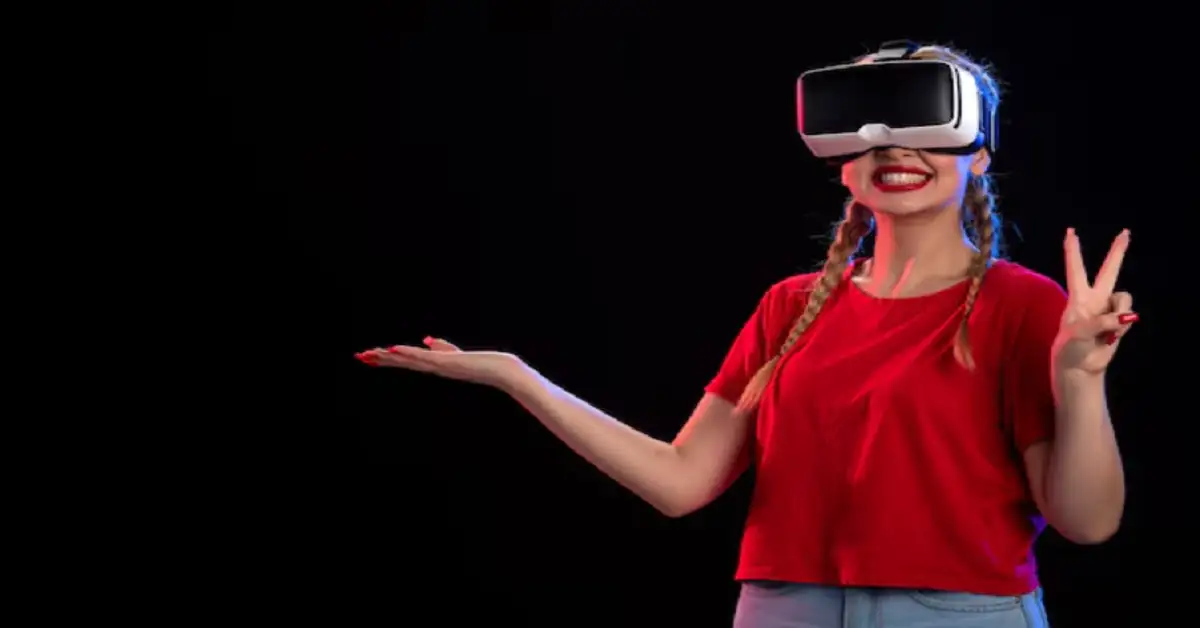VRSpy: Unveiling the Future of Virtual Surveillance and Immersive Intelligence
In the age of digital transformation, the evolution of technology has consistently amazed the world with its ability to reshape industries, redefine lifestyles, and reimagine possibilities. One such groundbreaking innovation taking center stage is VRSpy—a term rapidly gaining traction among tech enthusiasts, developers, gamers, and surveillance professionals alike. This concept blends the immersive prowess of Virtual Reality (VR) with the subtle art of surveillance, intelligence gathering, and real-time monitoring. But what exactly is VRSpy, and why is it emerging as a pivotal concept in both the tech and security realms?
In this comprehensive guide, we dive deep into the world of VRSpy, exploring its origins, applications, ethical concerns, future potential, and its transformative influence across industries.
What is VRSpy?
At its core, VRSpy refers to the use of Virtual Reality technologies for immersive surveillance, espionage, and intelligence-related operations. It’s a hybrid term that encapsulates the blending of VR environments with real-time or simulated spying functionalities. While the word might initially evoke images of futuristic spy thrillers or sci-fi films, the reality is that VRSpy is very much a present-day innovation—with roots in real-world applications.
This term can be broadly categorized into two distinct interpretations:
- Immersive Surveillance and Security Monitoring
- Spy-Themed VR Gaming and Simulations
Both domains offer unique insights into how VRSpy is revolutionizing the way we interact with surveillance, intelligence, and immersive environments.
1. VRSpy in Surveillance and Security
Immersive Monitoring for Real-Time Decision Making
Traditional surveillance methods rely on flat-screen monitors and static camera angles, often monitored by multiple personnel. VRSpy changes the game by allowing a security officer or intelligence analyst to enter the surveillance environment through a VR headset. This creates a 360-degree immersive view of the premises, improving situational awareness, reducing blind spots, and enhancing response times.
Key Benefits of VRSpy in Surveillance:
- Enhanced Visualization: Instead of flipping through multiple camera feeds, users can navigate a virtual replica of the monitored location.
- Real-Time Alerts and Interaction: Integration with AI allows for live alerts when suspicious activity is detected. Operators can then zoom in, follow suspects, or even deploy countermeasures from within the VR environment.
- Training & Simulation: Law enforcement and military can use VRSpy to conduct surveillance simulations, helping agents train in lifelike situations.
Smart Cities and VRSpy Integration
As urban areas move toward becoming smart cities, the integration of VRSpy is inevitable. Surveillance systems across traffic management, public safety, and infrastructure monitoring will be managed in immersive control centers powered by VR. Instead of watching grids of CCTV footage, officials can navigate a virtual map of the city in real-time.
2. VRSpy in Gaming and Entertainment
The gaming industry has seen a meteoric rise in the past decade, with VR-based titles leading the innovation frontier. One of the most exciting genres gaining popularity is the spy-thriller VR game, commonly referred to as VRSpy games.
Immersive Spy Missions
Imagine sneaking into enemy bases, decoding encrypted messages, using high-tech gadgets, or escaping laser-laden corridors—all from the comfort of your VR headset. These games offer a first-person, immersive experience where players feel like real-life spies.
Popular Elements in VRSpy Games:
- Stealth Mechanics: Hide behind objects, use silence to your advantage, and complete missions without detection.
- Gadgetry: Use virtual versions of spy gadgets like night vision goggles, EMPs, drones, and hacking tools.
- Narrative Depth: Modern VRSpy games offer rich storytelling, cinematic environments, and character interactions that feel real.
Some of the most talked-about games in this genre include:
- I Expect You To Die
- Espire 1: VR Operative
- Phantom: Covert Ops
- VRSpy (concept games or indie titles under this name)
The Technology Behind VRSpy
Understanding how VRSpy works requires a closer look at the technologies driving this innovation.
1. Virtual Reality (VR) Headsets
Devices such as the Oculus Quest, HTC Vive, and PlayStation VR provide the immersive experience required for VRSpy to thrive. High frame rates, spatial audio, and motion tracking create a realistic environment that can be used for either surveillance or gameplay.
2. 360-Degree Cameras
These cameras are integral for surveillance applications. Installed at strategic locations, they capture panoramic footage that can be viewed within a VR environment.
3. AI and Machine Learning
In VRSpy systems, AI helps with motion detection, facial recognition, behavior analysis, and pattern recognition. This ensures that users are only alerted when something truly suspicious occurs.
4. Augmented Intelligence Overlays
VRSpy isn’t just about seeing a virtual environment—it’s about interacting with it. Overlays can show object details, suspect profiles, threat levels, and even allow users to control cameras, locks, and lights through VR interfaces.
Real-World Applications of VRSpy
1. Military and Defense
Special forces and intelligence agencies are already adopting VRSpy technologies to simulate operations, monitor terrains, and prepare for missions. Real-time surveillance in hostile areas can be visualized in VR to plan strategies effectively.
2. Corporate Security
High-value corporations, especially in banking, tech, and pharmaceuticals, can use VRSpy for safeguarding facilities, monitoring data centers, and simulating breach scenarios.
3. Law Enforcement
Police departments in progressive cities are beginning to incorporate VR-based surveillance in their control rooms. It enhances their ability to respond to incidents like theft, traffic violations, and crowd control.
VRSpy and the Ethical Dilemma
As with any surveillance or intelligence tool, VRSpy is not without controversy. The immersive nature of this technology raises concerns about privacy, data misuse, and surveillance overreach.
Key Ethical Questions:
- Is it ethical to monitor individuals in such an immersive, detailed manner?
- How is data collected through VRSpy stored, processed, and secured?
- Can VRSpy be used for unjustified surveillance or espionage by governments or corporations?
These concerns call for stringent regulation, transparency, and public discourse.
The Future of VRSpy
As we look ahead, VRSpy is poised to evolve in both functionality and scope. Here’s what the future may hold:
1. Holographic Surveillance
With the advent of holographic displays and 3D projections, the next phase of VRSpy could involve real-time holograms of entire cities or buildings, allowing for intuitive navigation and analysis.
2. Integration with AR and MR
While VR immerses users fully in virtual worlds, Augmented Reality (AR) and Mixed Reality (MR) allow blending of virtual elements with the real world. The fusion of these technologies can create powerful hybrid surveillance solutions.
3. Decentralized Surveillance Systems
Future VRSpy networks might be built on blockchain or decentralized technologies to ensure privacy, transparency, and resilience against data tampering or unauthorized access.
Conclusion: The Dawn of a New Surveillance Paradigm
VRSpy represents more than just a futuristic buzzword—it’s the convergence of immersive technology with real-world utility. Whether it’s enhancing public safety, redefining gaming experiences, or empowering defense strategies, VRSpy is becoming a transformative force.
As with all powerful technologies, it comes with responsibilities. Stakeholders—including developers, regulators, and users—must ensure ethical usage, transparent policies, and secure infrastructure to harness its potential without infringing on privacy or freedom.
In the end, VRSpy is not just about watching—it’s about experiencing intelligence, understanding environments, and interacting with the future of surveillance like never before.
FAQs About VRSpy
Q1: Is VRSpy a real product or just a concept?
VRSpy refers to a concept that is materializing into real-world applications, especially in surveillance and gaming. Some companies might use the term as a brand or product name.
Q2: Can VRSpy be used in home security?
Yes, advanced home security systems can integrate VRSpy technologies to allow homeowners to monitor their premises immersively.
Q3: Are there any privacy risks with VRSpy?
Yes, as with any surveillance tool, VRSpy poses privacy risks if not regulated or used responsibly.
Q4: Are there any VRSpy games available?
There are several spy-themed VR games. While not all are branded as “VRSpy,” the genre is growing rapidly



